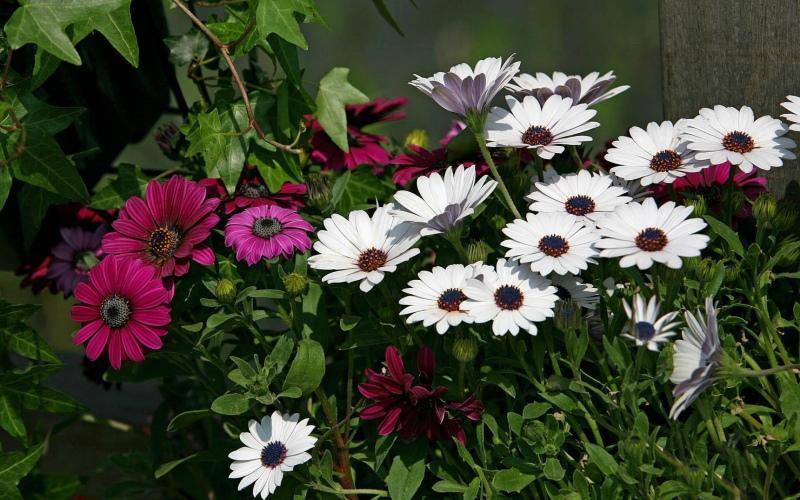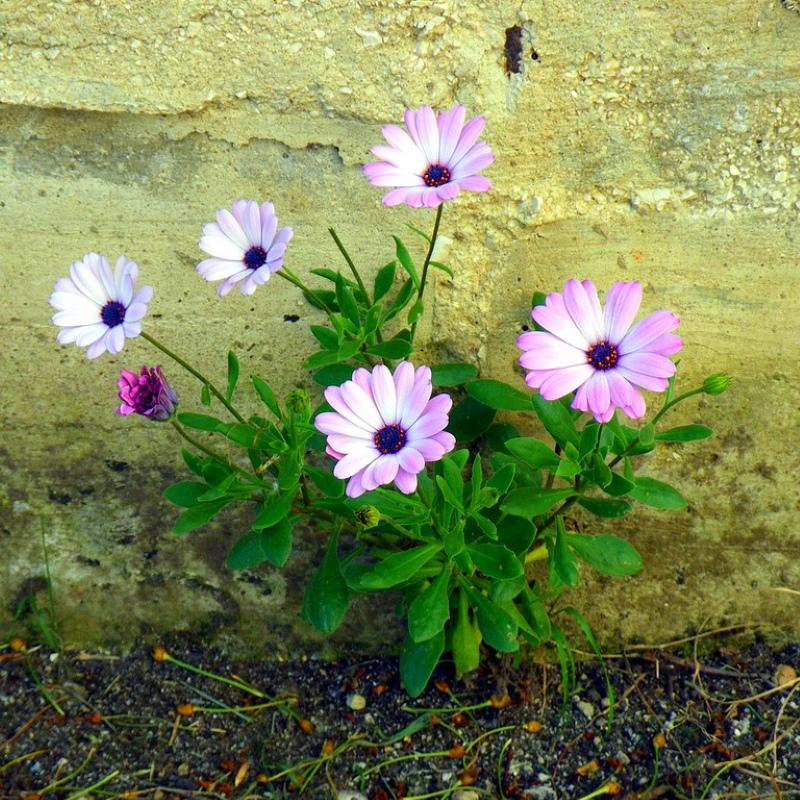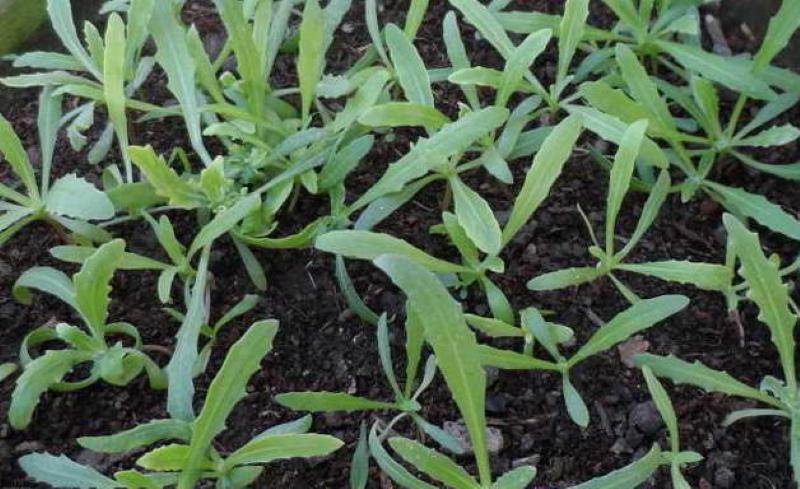Dimorfoteka - planting and care, photo of an unpretentious African beauty
 Its simple inflorescences-baskets are so similar to chamomile, but their color is more varied. This is a beautiful dimorfoteka, planting and care (photo below) for which is minimal. And all because the graceful bushes are absolutely unpretentious. They do not care about the summer heat, moreover, it is thanks to the warm sun rays that the plants bloom from June to autumn. In addition, they are highly drought tolerant and do not require frequent watering.
Its simple inflorescences-baskets are so similar to chamomile, but their color is more varied. This is a beautiful dimorfoteka, planting and care (photo below) for which is minimal. And all because the graceful bushes are absolutely unpretentious. They do not care about the summer heat, moreover, it is thanks to the warm sun rays that the plants bloom from June to autumn. In addition, they are highly drought tolerant and do not require frequent watering.
Dimorfoteka - planting and care, photo

Under natural conditions, in its African homeland, dimorphoteka grows like a perennial. But our harsh climate does not leave the plant a chance to survive the winter, turning the flower into an annual crop. However, if you wish, in the fall, transplant the bush into a pot and bring it into the house. There he will winter safely until next spring.
Landing methods and dates
 Both in nature and at home, dimorphoteka is most often propagated by seeds. You can sow them:
Both in nature and at home, dimorphoteka is most often propagated by seeds. You can sow them:
- immediately into the open ground around the beginning of May, when frosts pass;
- or first for seedlings at the end of March - in the month of April.
Please note that the seedling will bloom no earlier than 7 weeks after sowing the seeds. Therefore, the seedling method is preferable - with it, the bushes will definitely bloom in June. When sowing, the buds will appear immediately in the garden only in the second half of summer.
Where to plant
 Blooming rosettes look especially gorgeous in group plantings. Do not forget to leave a distance of at least 20 cm between the bushes - they will grow a little in breadth. But take responsibility for choosing a place. Abundant flowering will be only in a well-lit flower bed.
Blooming rosettes look especially gorgeous in group plantings. Do not forget to leave a distance of at least 20 cm between the bushes - they will grow a little in breadth. But take responsibility for choosing a place. Abundant flowering will be only in a well-lit flower bed.
Original chamomiles are not afraid of drafts, but they do not tolerate stagnant moisture well. Due to the drought tolerance of the culture, do not plant it in lowlands, where water accumulates and stands for a long time after rain.
How to care for dimorphoteka in the garden
 Caring for an unpretentious African beauty is minimal:
Caring for an unpretentious African beauty is minimal:
- Water the flower bed once a week.
- Watch out for weeds and weed in time.
- Periodic loosening of the row spacings does not hurt either.
- Feed the bushes to prolong flowering superphosphate according to instructions.
To maintain a decorative look, do not forget to cut off the faded inflorescences. But leave the very first ones in order to collect the seeds and plant the dimorphoteka again next spring.